
Bobber-Whacky Magic
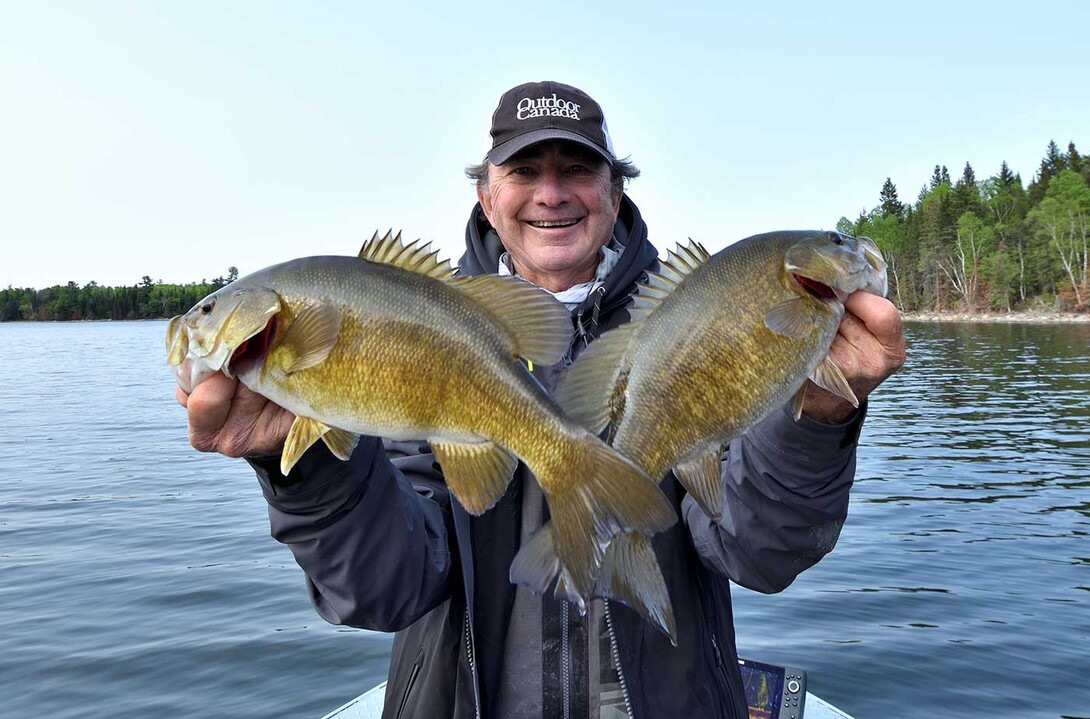
Most of us got started fishing as youngsters watching a bobber float across the surface of a lake, waiting for it to suddenly plunge out of sight and disappear signalling that a fish had taken the bait. Then we got a little bit older and a whole lot smarter and it was goodbye bobber. That might have been a mistake.
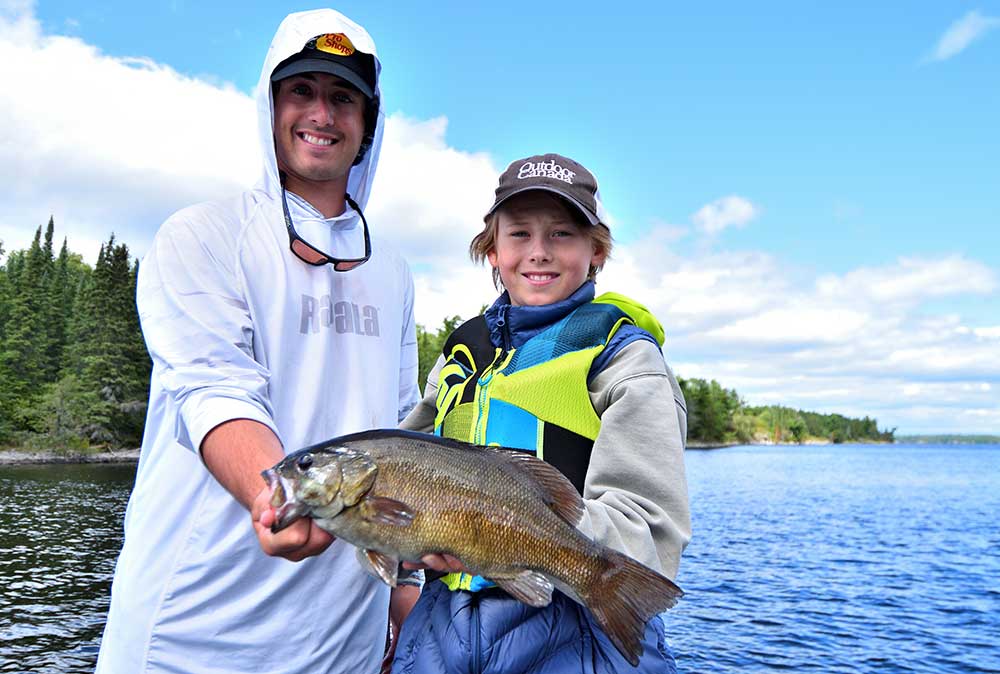
I have been fishing for smallmouth bass plenty this summer on Northwestern Ontario’s spectacular Lake of the Woods — it is my home body of water and still takes my breath away — and guess what presentation has nailed the biggest and most fish? Yep, the modern-day version of float fishing known as bobber-wacky rigging. And it hasn’t been just the intended bass I have been catching. I’ve nabbed a bunch of bonus stout walleyes as well. And have been bitten off many times by big pike. It seems like every fish that swims in Northern Ontario loves the unique presentation.
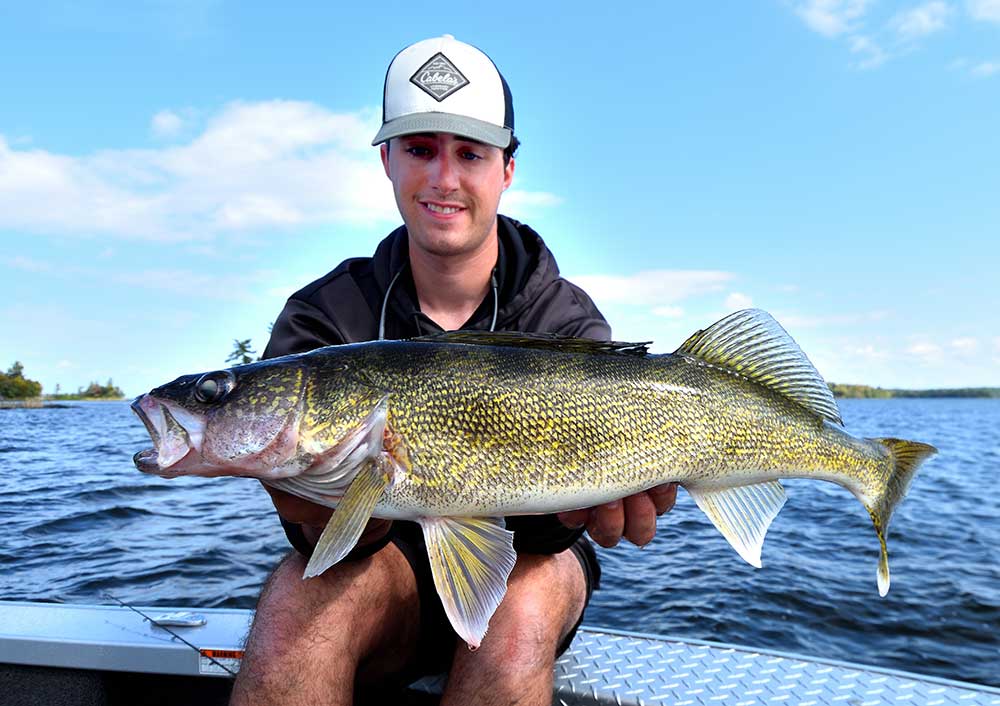
But I can’t take credit for the tactic, as it was tailor-made by my good friend and fellow In-Fisherman Magazine field editor, Matt Straw, who wanted a fish-catching method that his physically challenged son, Clifford could use to match Matt, bass for bass. Only many days, Clifford put a hurt on the old man. So much so, that for many days now, bobber-whacky fishing has been Matt’s go-to bass presentation.
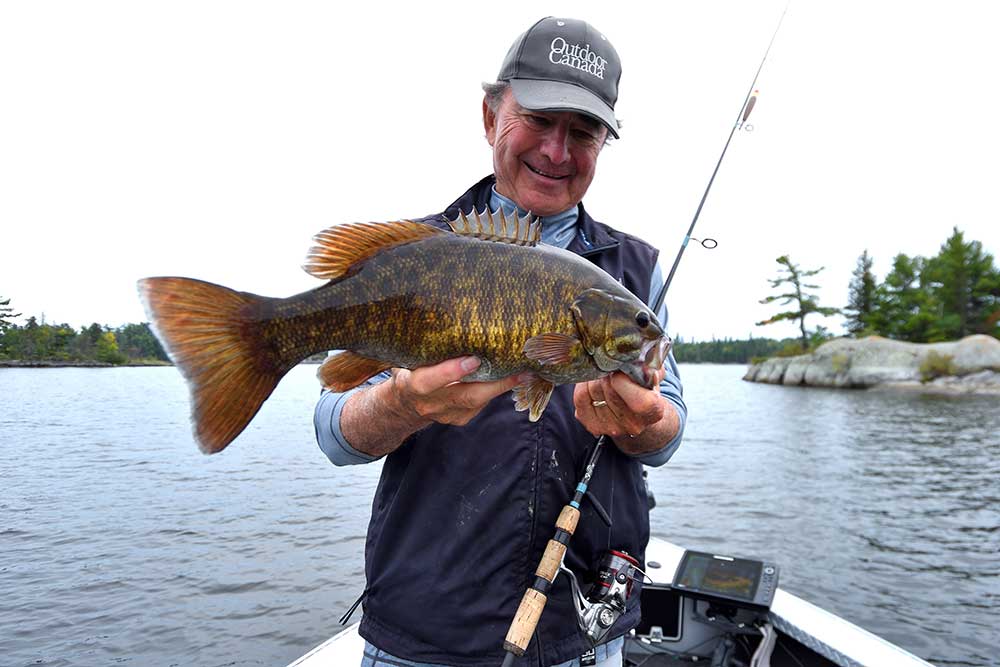
To get started, simply grab your longest spinning outfit — I use an old 8-foot steelhead rod — and spool the reel with either a thin 10-pound test braided line or limp 8-pound test monofilament. The combination of long rod and pliable line means that you can cast effortlessly and achieve good distance. The nimble line also floats, which is another benefit.
Now, slide a bobber stop up the line and then a slip float or, Matt’s favourite, an Adjust-A-Bubble. Next, tie a small swivel to the end of your main line, add a four-foot leader fashioned from 6- to 8-pound test monofilament or fluorocarbon, a single large split shot just below the swivel and a #4 bait-holder-style hook. Finish off the rig by hooking a 3-, 4- or 5-inch soft plastic stickworm through the centre — whacky style — and cast it out as far away from the boat as possible.
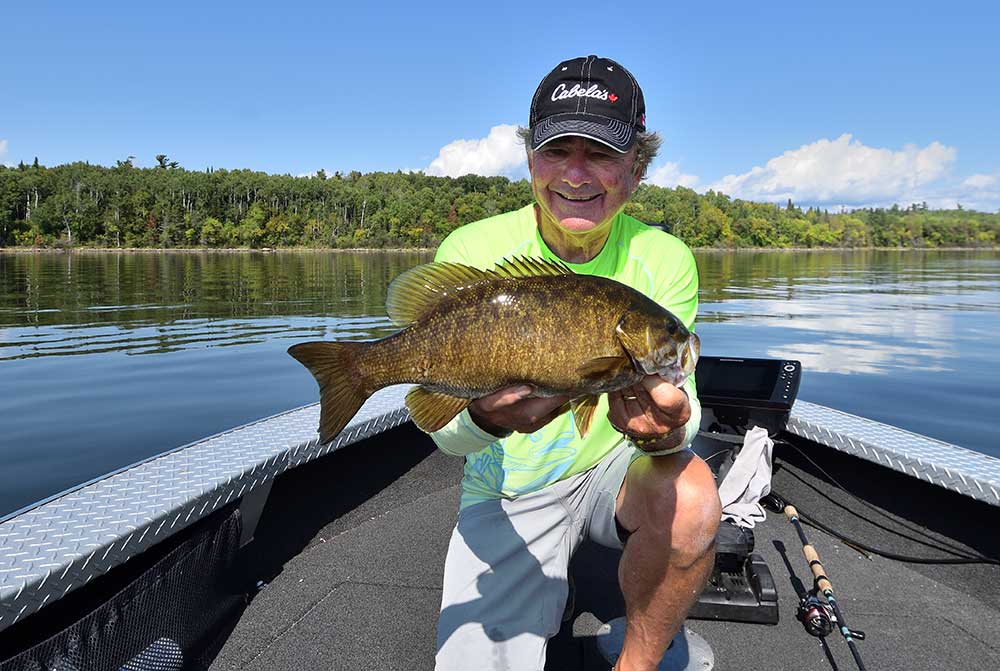
My best-producing worm this summer has been a 5-inch long black and blue Mister Twister Comida and I’ve been carefully setting the bobber stop to suspend it about three feet above the bottom. What has also been particularly successful is floating the worm above the rockiest, snaggiest bottoms I can find. The places most other anglers, casting traditional rigs stay away from because they hang up too often and lose expensive equipment.
Another reason I like bobber-whacky rigging is that a breeze — even a strong gust — is a bonus. So, instead of fighting with the wind, you can use it to your advantage. If I am fishing an underwater point or rock pile, for example, I’ll use the electric trolling motor to place the boat upwind or crosswind of the structure and then I’ll hit the spot-lock feature. You can even go old school and drop anchor. Then, I’ll pitch out the rig, and let the wind gently bounce it up and down — like a bobblehead doll — as it drifts over the bass-bearing boulders. The tips of the worm flap up and down like a goose, and it is just too much for bass to resist. It sees the suspended flapping worm, shoots up and takes the bait.
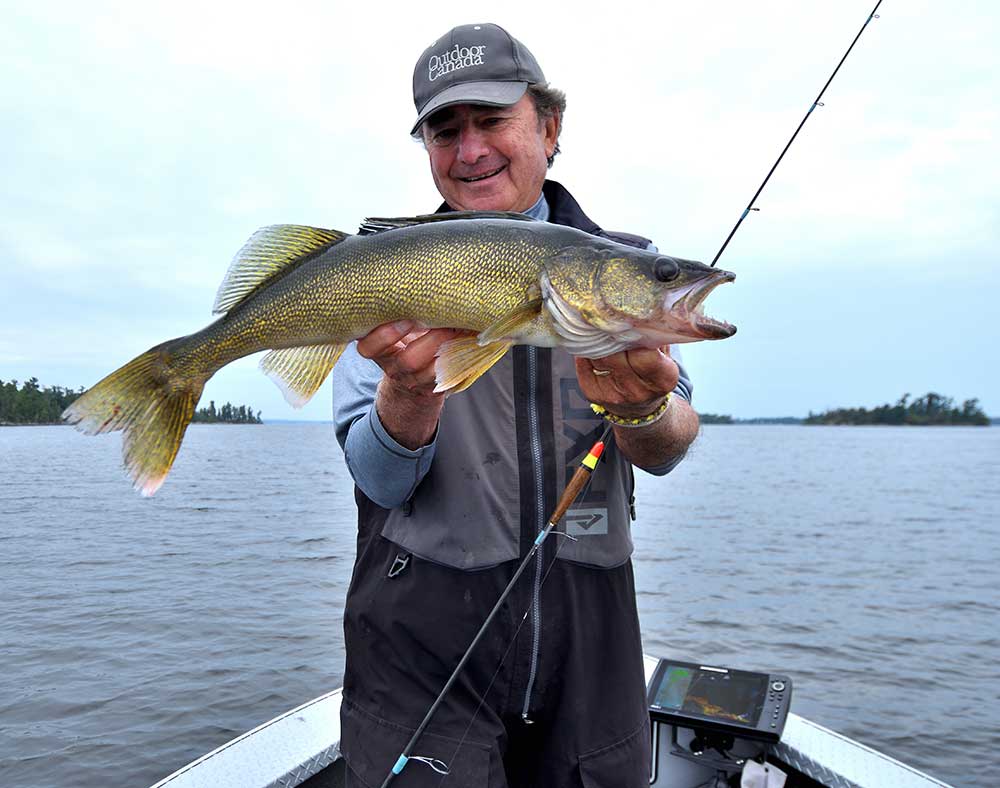
The other day when I was working my bobber-whacky magic, however, it was dead calm on the big pond, so I was casting the rig across the snaggy structure to the far side and letting it settle into place. Then I would twitch the bobber vigorously for a couple of seconds, pause, and then pull it a few feet before letting it pause once again. I repeated this drill until either I’d retrieved the worm back to the boat or a big bass, walleye or pike gobbled it up.
And how is this for witchcraft? I caught the biggest bass of the day — three ounces shy of four pounds — at high noon, under a blistering sun, while I was eating lunch. I was sitting relaxed in the captain’s seat with my feet up on the deck, a sandwich in one hand and a drink in the other, when I spotted my bobber plunge. I spilled my drink all over my shirt, while I grabbed the rod that was now dangling precariously over the gunnel. I set the hook hard and watched an angry bronze bass shoot out of the water and head for the sky.
Such is the magic of bobber-whacky rigging in Northern Ontario.
Recommended Articles

Cast Into the Heart of a Walleye Paradise
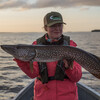
Kesagami Lake

Eating Northern Pike
Ontario Brook Trout

The Tigers of Sunset Country

Best WhiteFish Tactics

A Whole Lota Lovin'
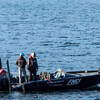
Trolling for Walleye

Fly-in Fishing
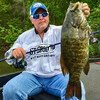
Mississagi Multi-Species Magic

10 Tips For Ice Fishing Safety

Big Basswood Lake Resort

Speckle Splake Spectacular

Shoreline Strategies

10 Facts About Lake of the Woods
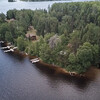
Happy Days Full of Bass
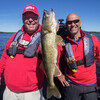
Year Round Fishing in Ontario

Magical Montreal River Bass
Don’t Be Afraid Of Muskies


